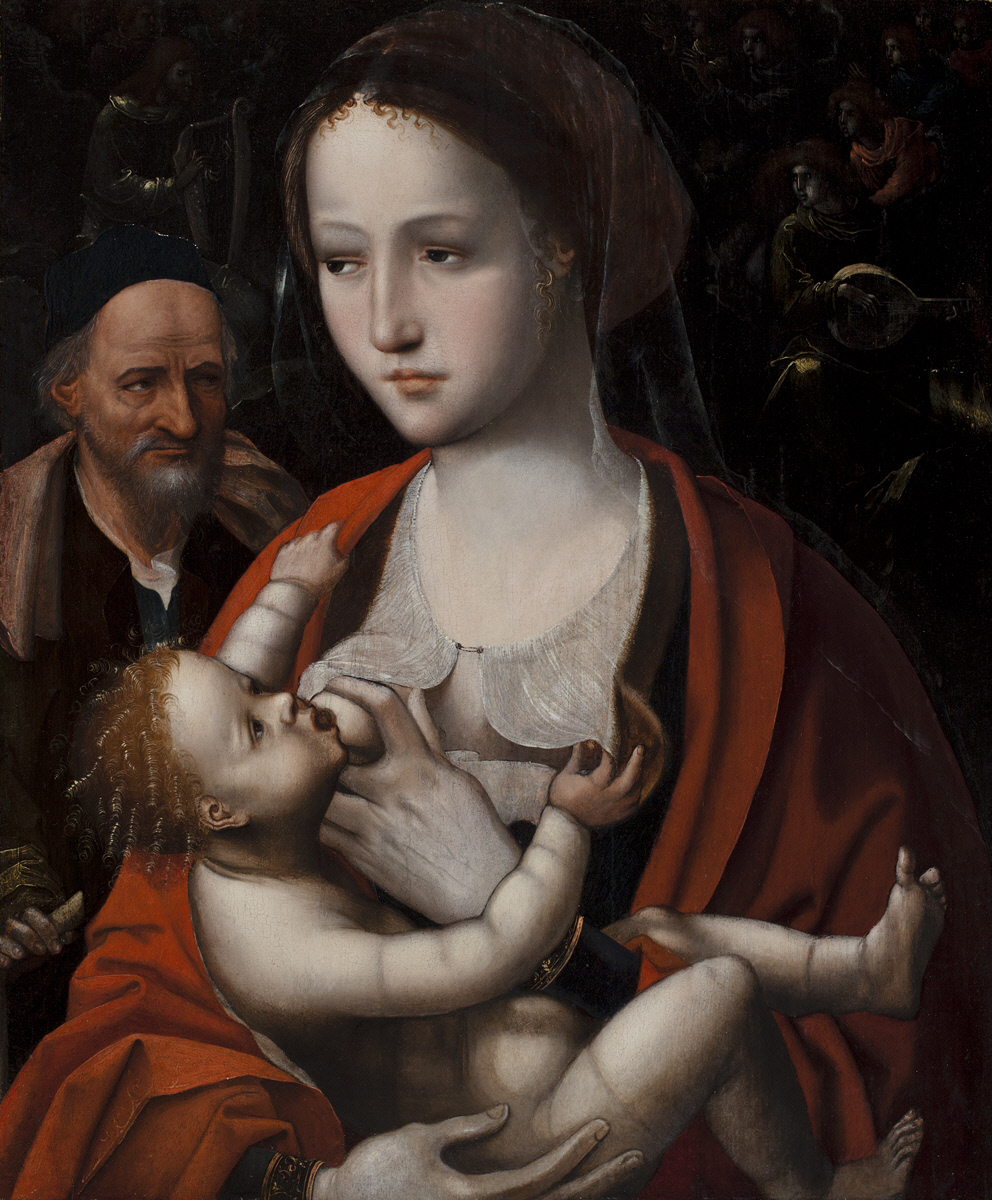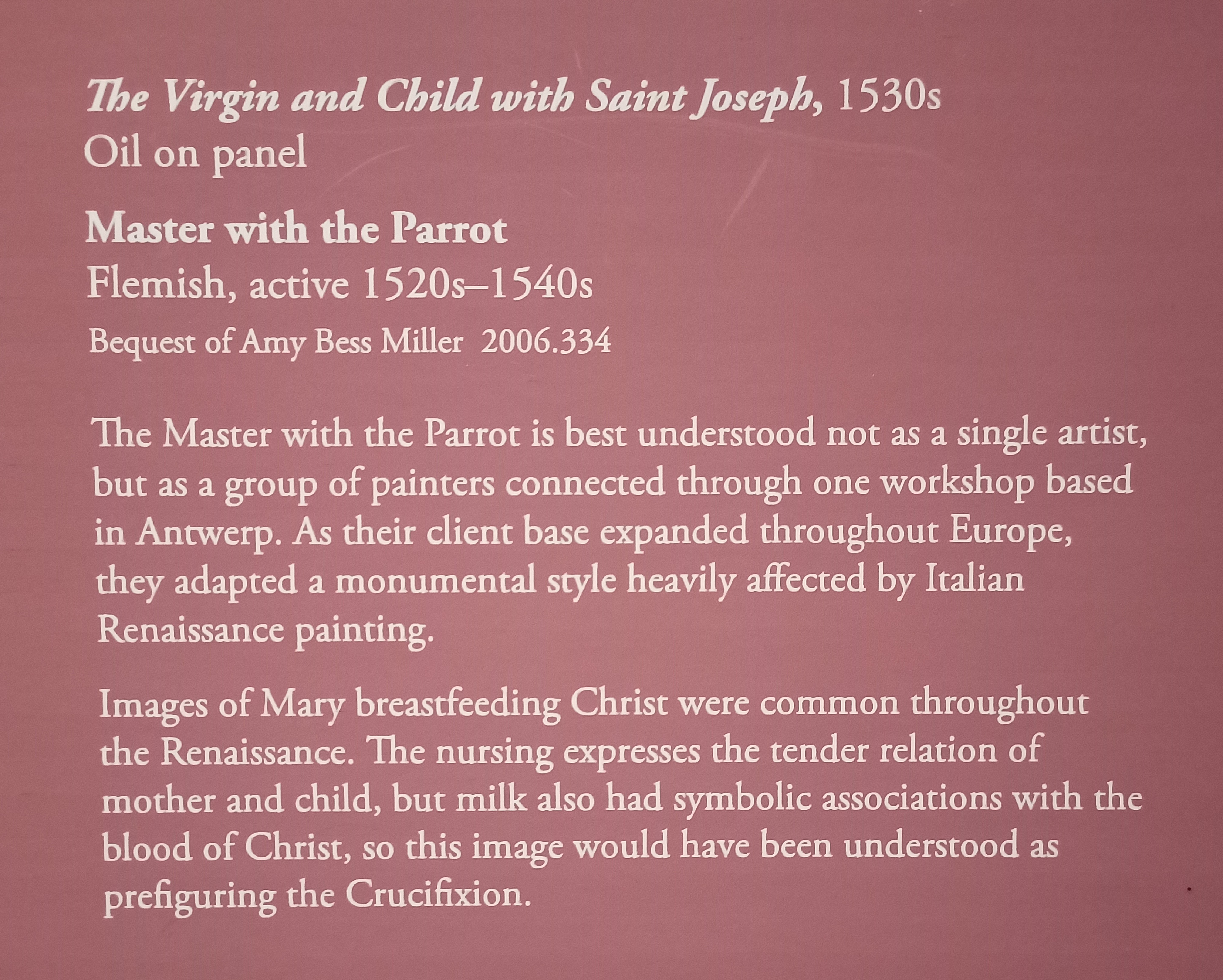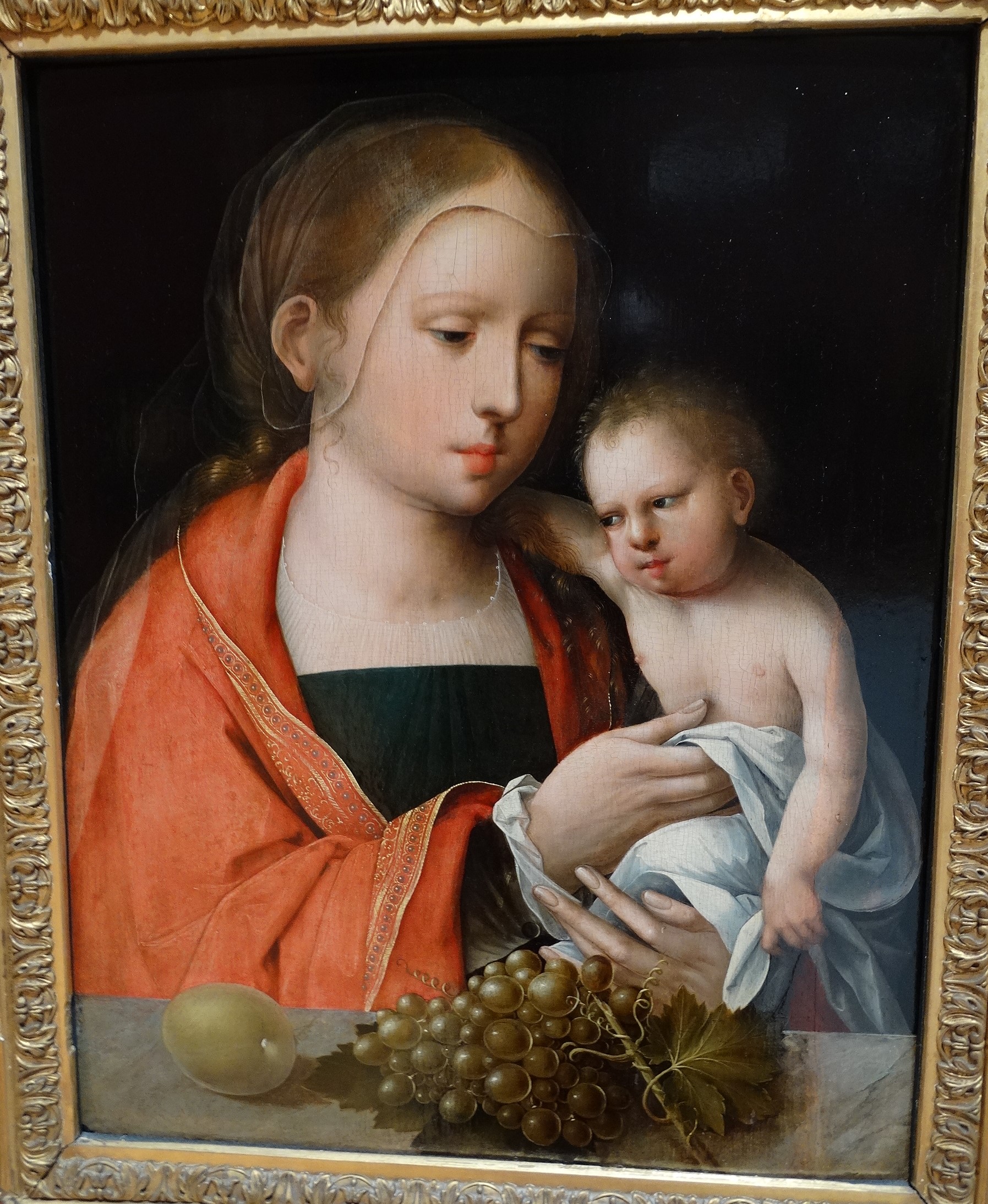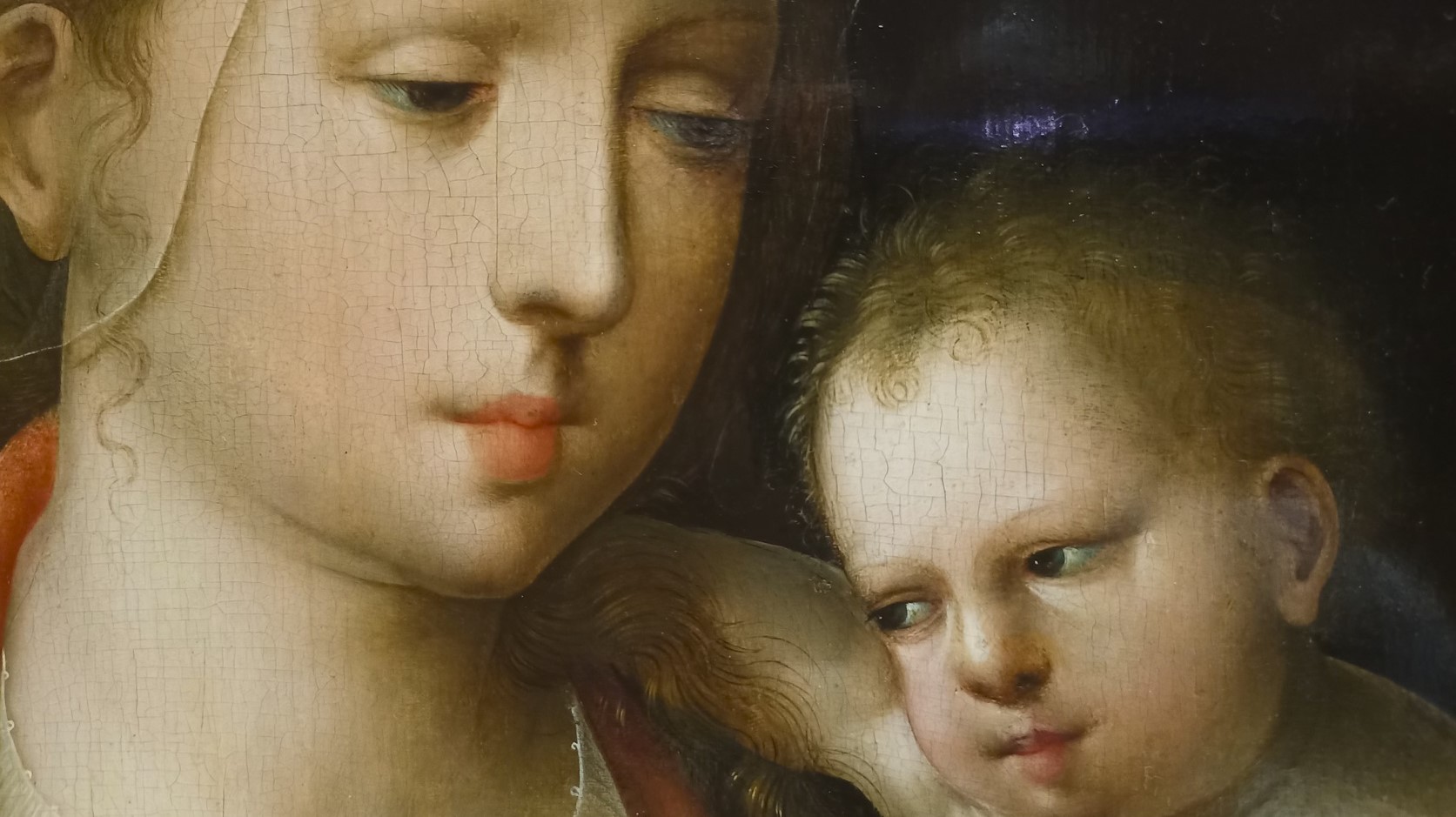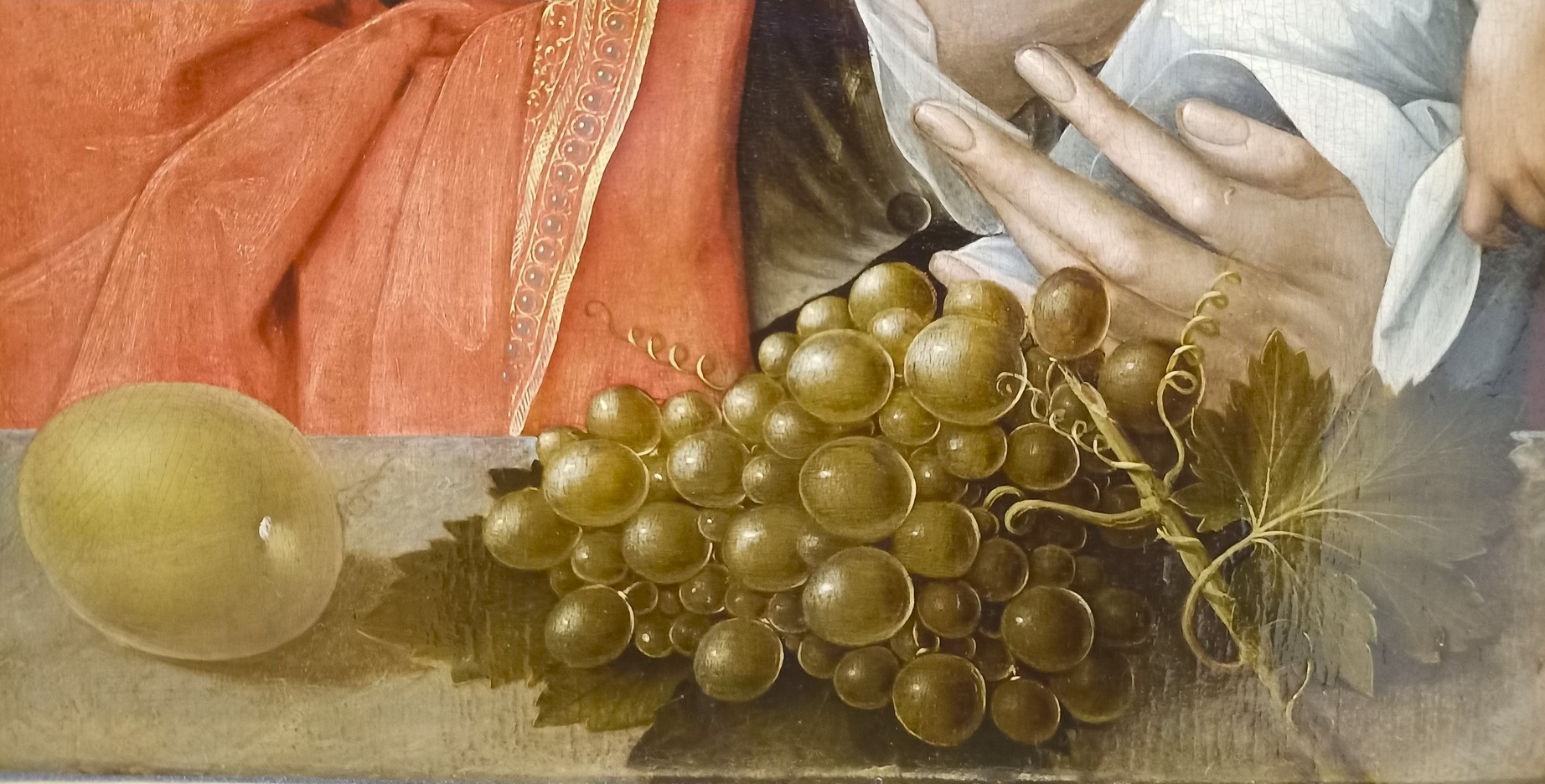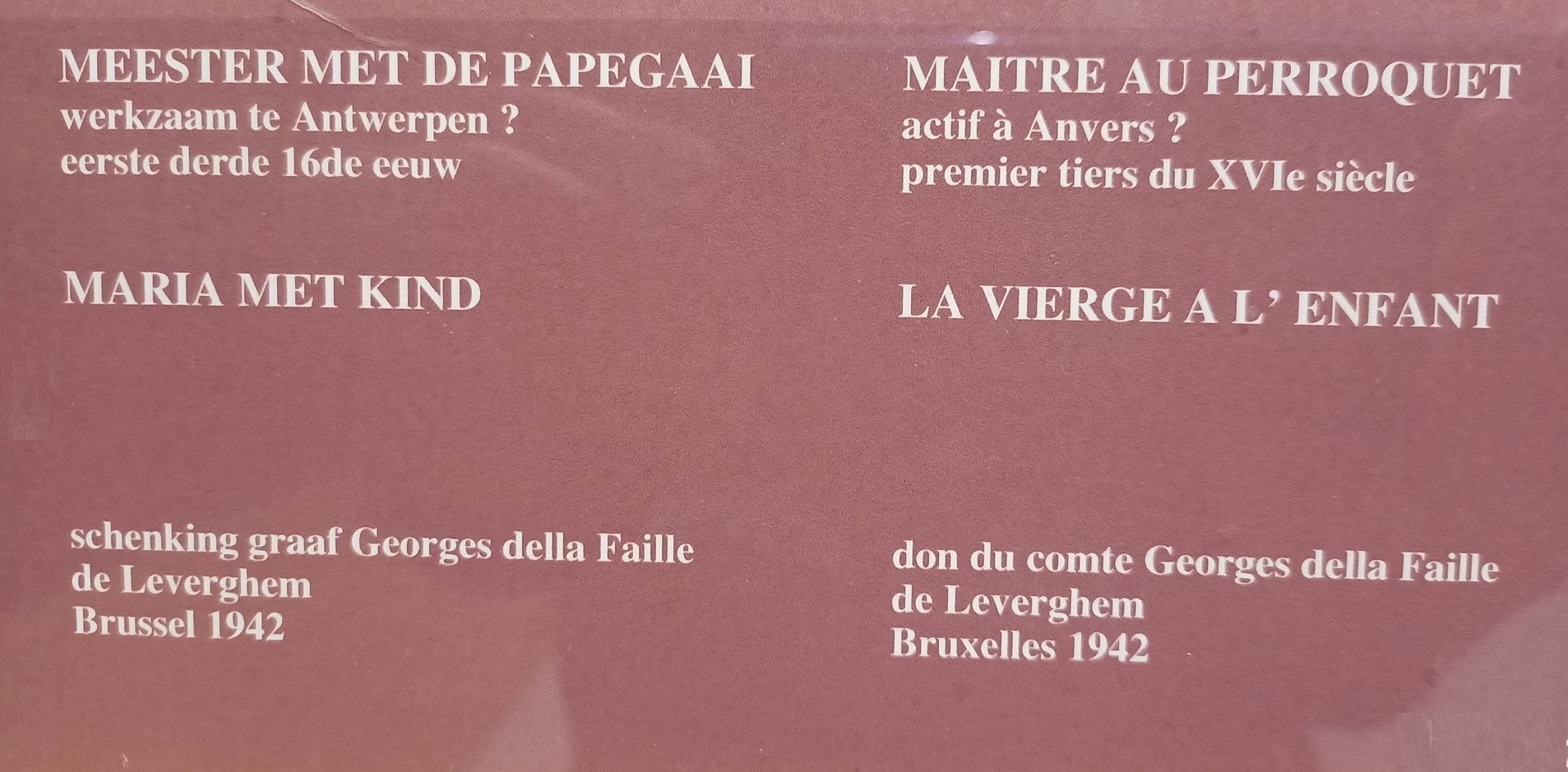 Master with the Parrot, The Virgin and Child with Saint Joseph, early 1500s
Master with the Parrot, The Virgin and Child with Saint Joseph, early 1500s Original, Worcester Art Museum, MA. Visited in 2020.
Original, Worcester Art Museum, MA. Visited in 2020. Master with the Parrot, The Virgin and Child with Saint Joseph, early 1500s
Master with the Parrot, The Virgin and Child with Saint Joseph, early 1500s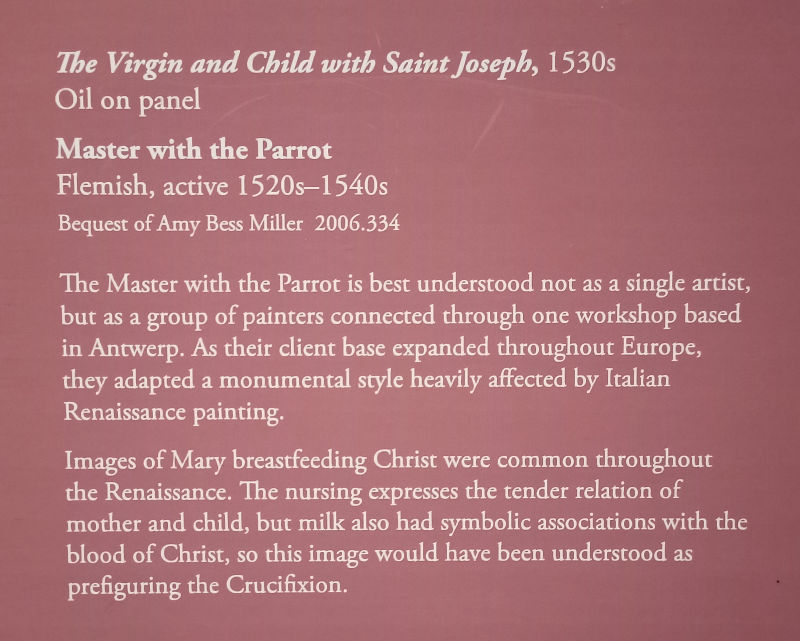 Master with the Parrot, The Virgin and Child with Saint Joseph, early 1500s
Master with the Parrot, The Virgin and Child with Saint Joseph, early 1500s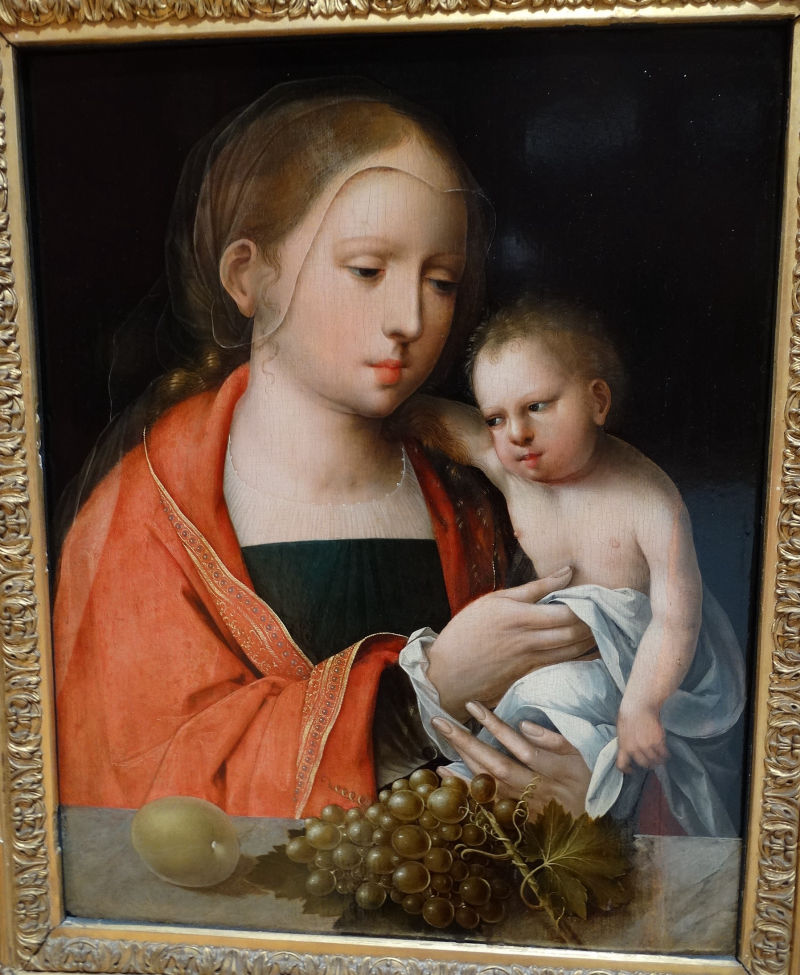 Master with the Parrot, The Virgin and Child
Master with the Parrot, The Virgin and Child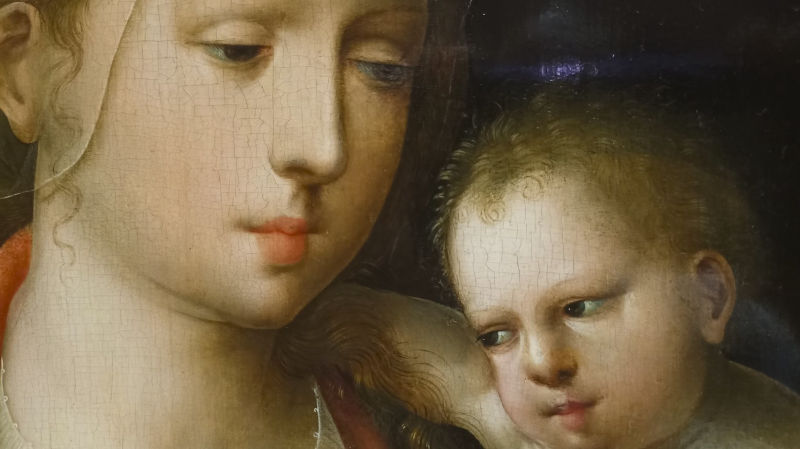
Original, Royal Museums of Fine Arts of Belgium, Brussels. Visited in 2022.
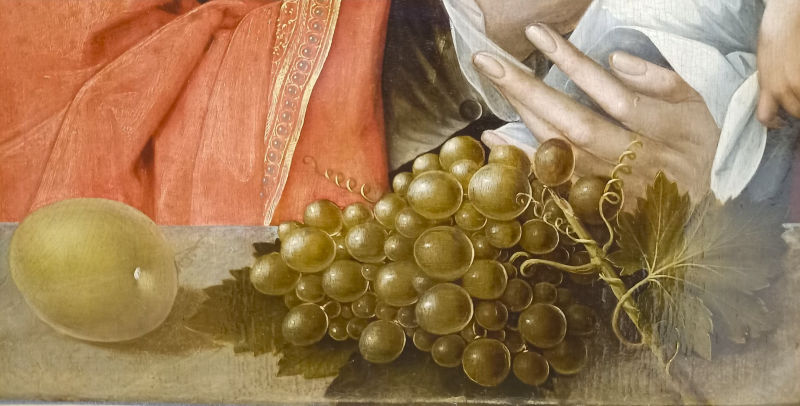 Master with the Parrot, The Virgin and Child
Master with the Parrot, The Virgin and Child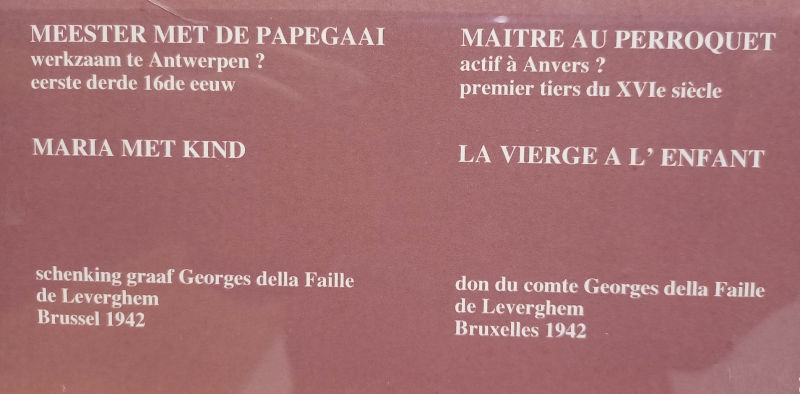 Master with the Parrot, The Virgin and Child
Master with the Parrot, The Virgin and Child